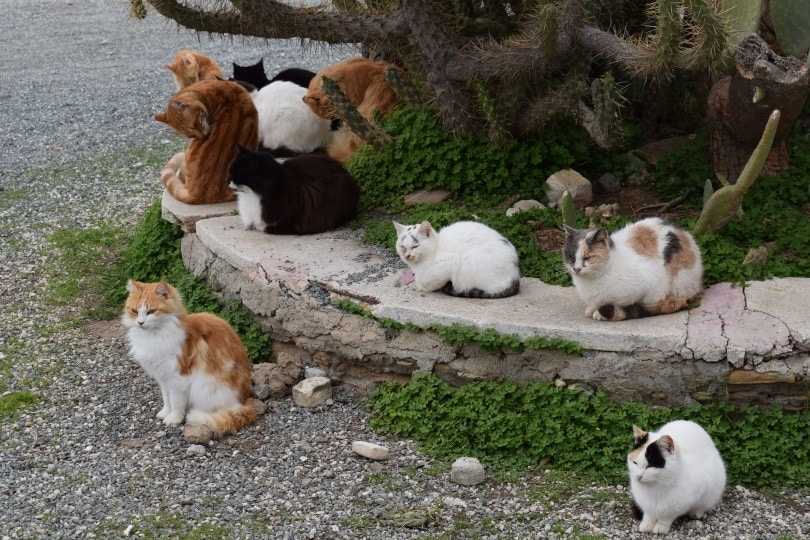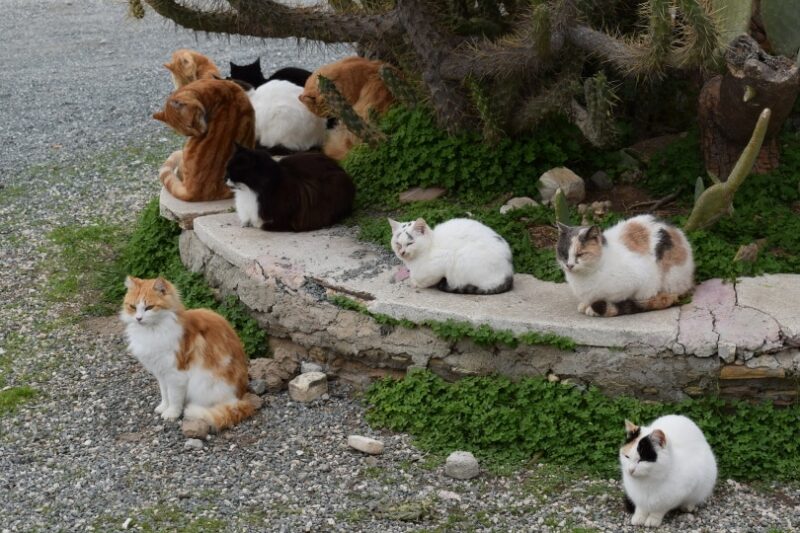A tail is a vital part of a cat’s physique and helps them balance, capture prey, and communicate with humans and other felines. For these reasons, you might think that all cats have tails, but this isn’t the case. Some breeds, like the Manx and American Bobtail, are born tailless or with a “stump” rather than a long tail.
Also, some cats lose their tails due to amputation, and they learn to adapt to their new lives. Here, we discuss tailless breeds in more detail and explain why some felines are born without tails.
Why Don’t Some Cats Have Tails?
If a cat is born without a tail or with a stump of a tail, it is caused by a genetic anomaly, also known as a mutant gene. This dominant gene results in the tail and the part of the spinal cord in front of it growing abnormally. Manx cats have two genes: a dominant gene (M) and a recessive gene (m). These can create the heterozygous combination Mm, which will manifest as a cat with no tail or a very short one.
Breeding two tailless Manx can be dangerous, as the double M gene can cause the kittens to die before birth. For this reason, Manx breeders mate cats with tails with tailless cats instead of two tailless cats.
If a cat was born with a tail but loses it to amputation, it’s likely that the cat suffered a traumatic tail injury. In some cases, vets decide that it would be better to remove the injured tail to give the cat a better quality of life. Most cats fully recover from the procedure and go on to lead normal, happy lives despite missing a tail.
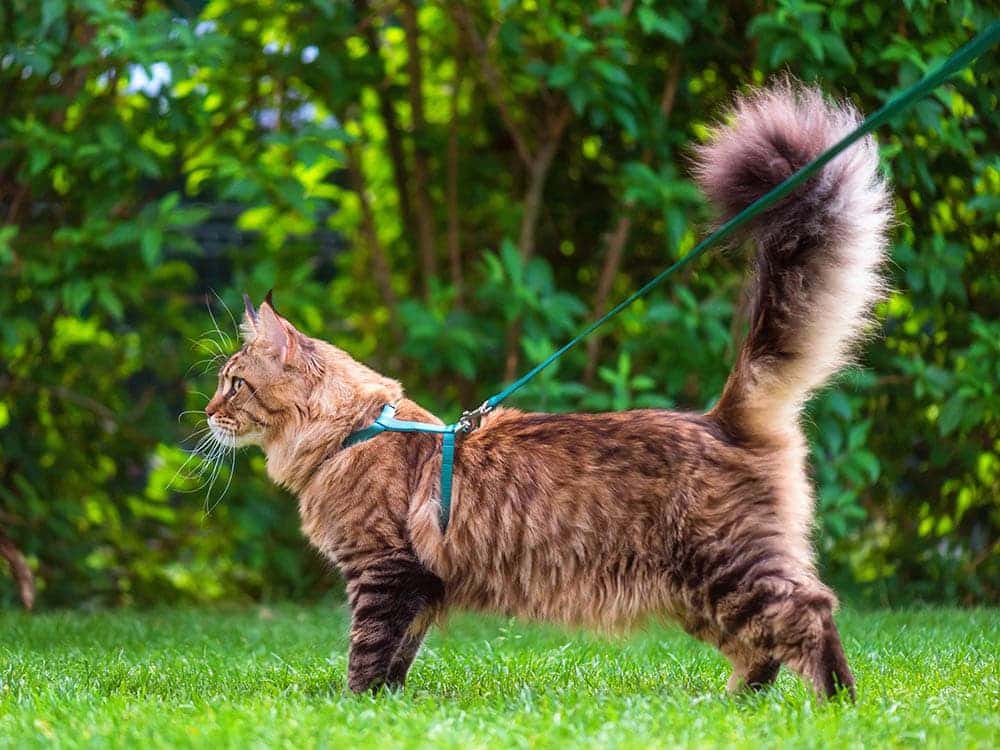
Do Tailless Cats Suffer From Health Issues?
In some cases, yes. Tailless cats suffer from health issues as a result of not having a tail, particularly Manx syndrome, which can cause bowel and bladder dysfunction, among other issues.
Which Cat Breeds Are Tailless?
More than you’d imagine! The Manx cat is far from the only breed without a tail, so let’s take a closer look at some of these breeds and what makes them unique and special. This is not an extensive list.
Manx
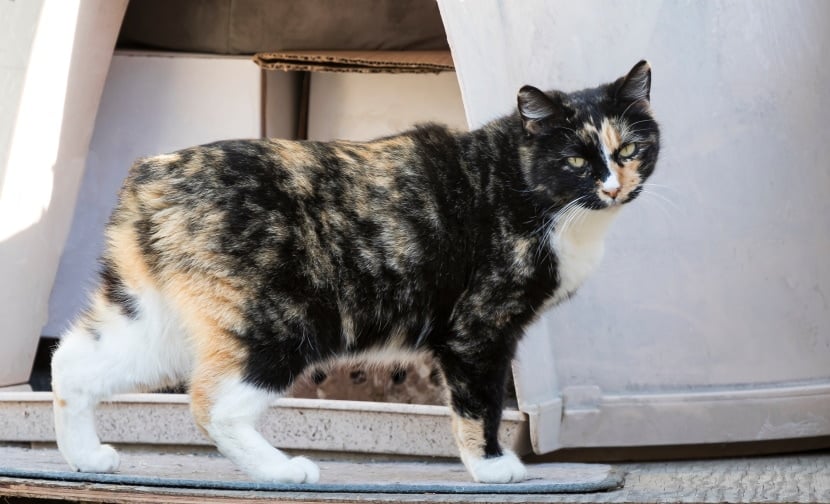
Manx cats originate from the Isle of Man, where they used to be referred to as a “stubbin.” They can be long or short haired, and it is believed that the long-haired gene dates back to Viking times. Long-haired Manx are referred to as “Cymric.”
Personality-wise, Manx cats are pretty relaxed, affectionate, and family oriented, though they can be a little reserved with strangers.
American Bobtail
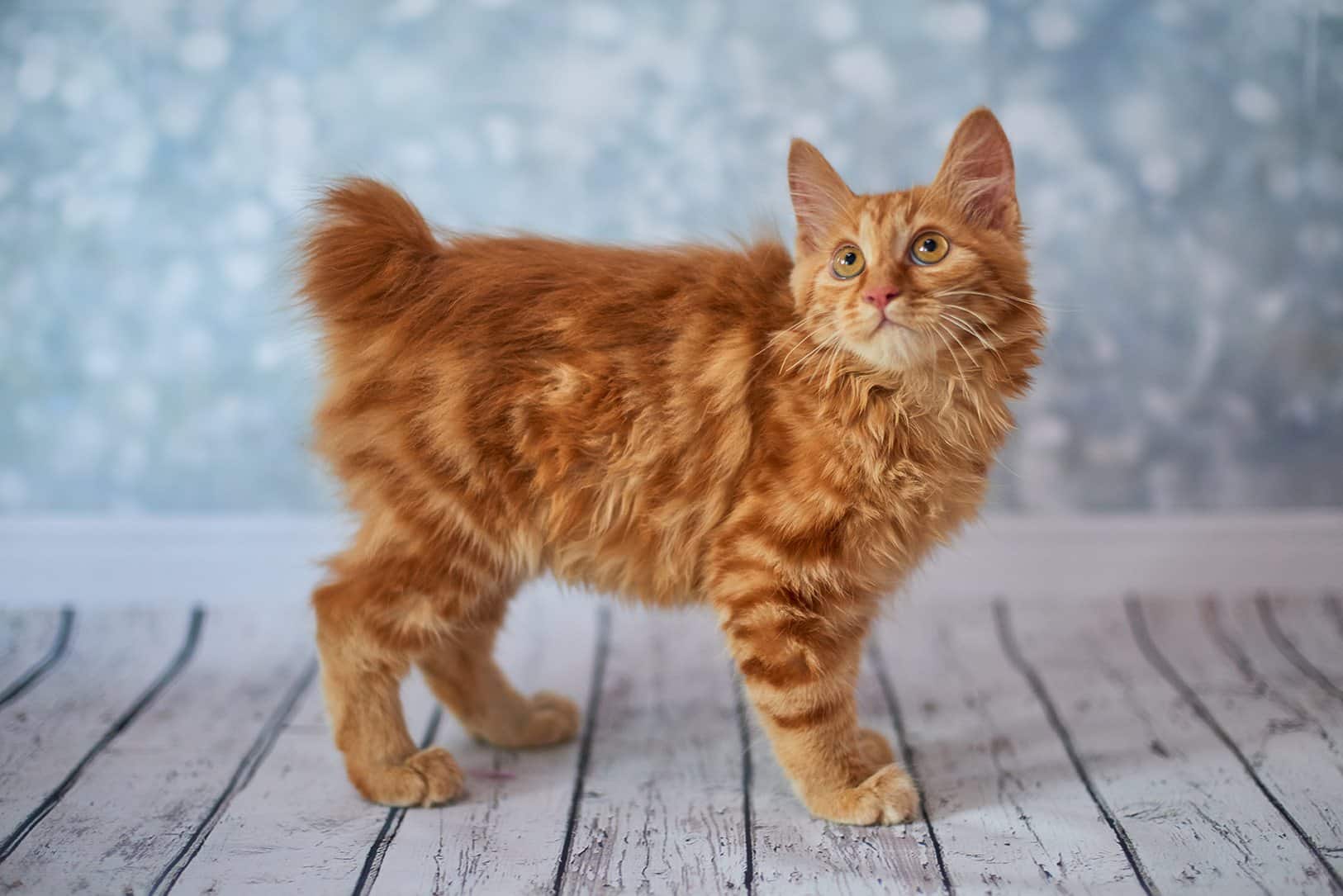
American Bobtails originated in the U.S. in the 1960s. Famous for their stumpy, bobbed tails, wild-looking appearance, and rumors that they descended from bobcats (these rumors are untrue, by the way), American Bobtails have been a great source of fascination for cat lovers over the years. These beautiful cats are known for being playful, chatty when in a good mood, and devoted to their families.
Pixie-Bob
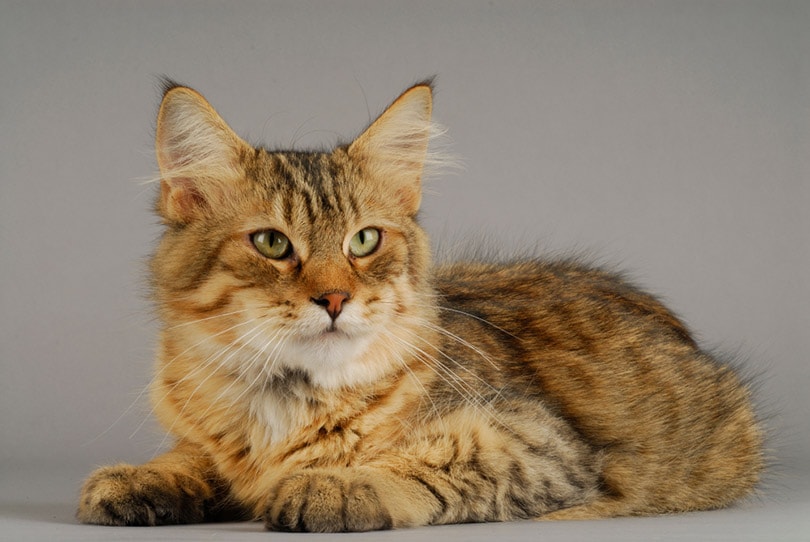
The Pixie-Bob is another bobbed-tail cat breed with the power to turn heads wherever they go. Like the American Bobtail, they have an uncanny resemblance to wild cats with their spotty coats and large, muscular bodies. Pixie-Bobs are active, curious, sociable, and adorably nosy, with a particular penchant for getting involved in their humans’ day-to-day activities, even the most mundane ones.
Highlander Cat
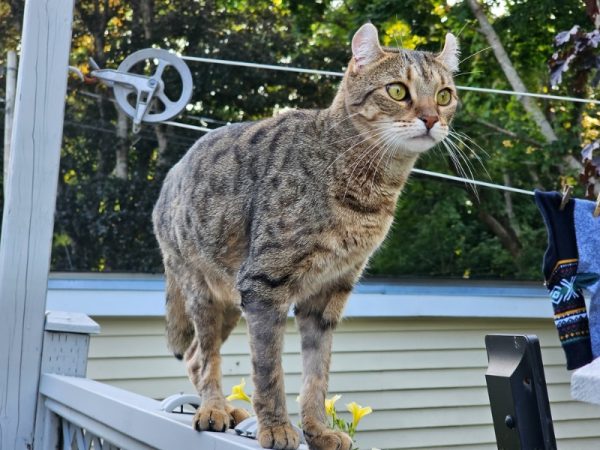
Highlander cats first came about in 1993 and were bred to have a “wild” look and are a cross between the Jungle Curl and Desert Lynx. Highlander cats are sweet-natured, energetic, good with (sensible) children, and family friendly. Like other bob-tailed breeds, they’re stocky and muscular in appearance.
Final Thoughts
In brief, it’s certainly not true that all cats have tails! Some are tailless due to genetics or surgery, and some have “stumps” rather than long tails. Whatever kind of tail they’ve got, one thing’s for sure: Tailless or bob-tailed cats are wonderful characters renowned for having bags of energy and love to give in addition to being ridiculously cute. Any family would be lucky to have one!
Featured Image Credit: Dimitris Vetsikas, Pixabay

